Business Units are used in Dynamics CRM to group users and teams.
To create business unit, go to Settings->Security:

There should be one business unit already in the system as the “parent” business unit:
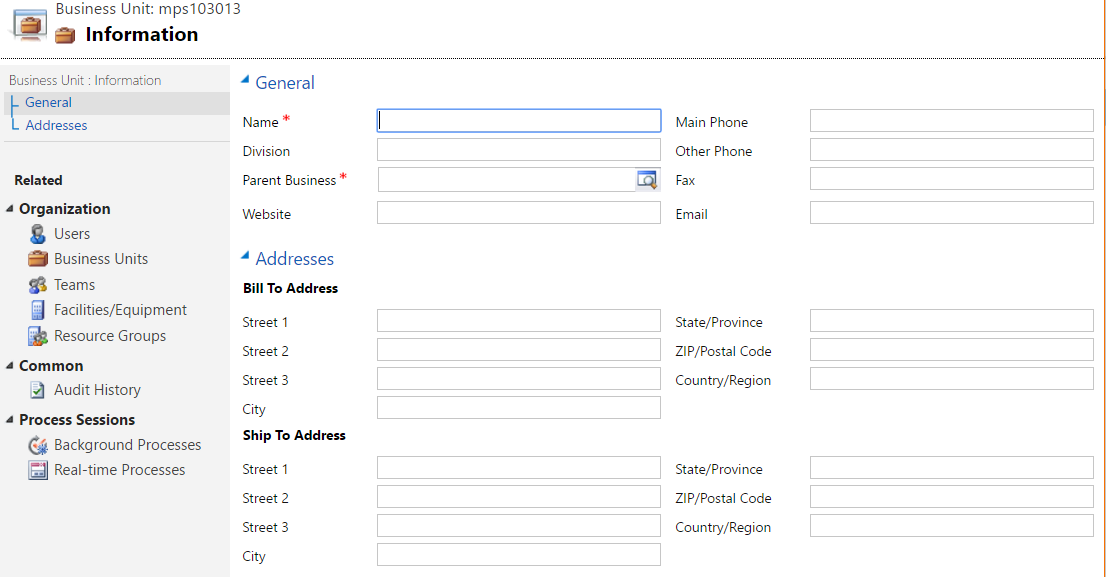
Business units have Users:
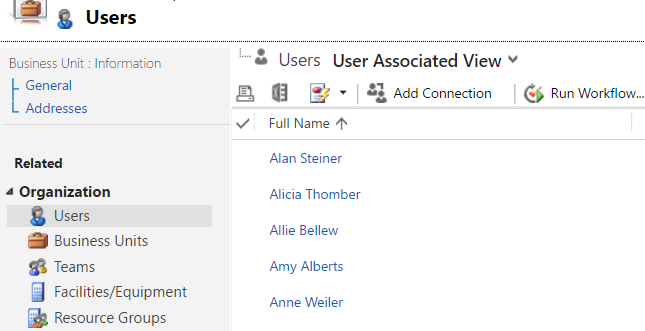
Select New:
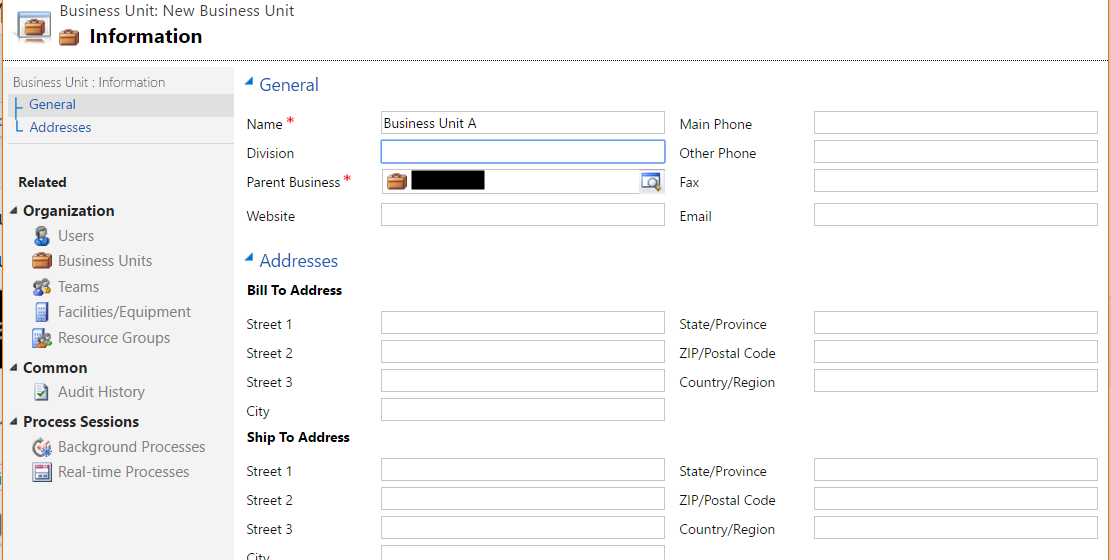
Let’s create a new team to add to the Business Unit:
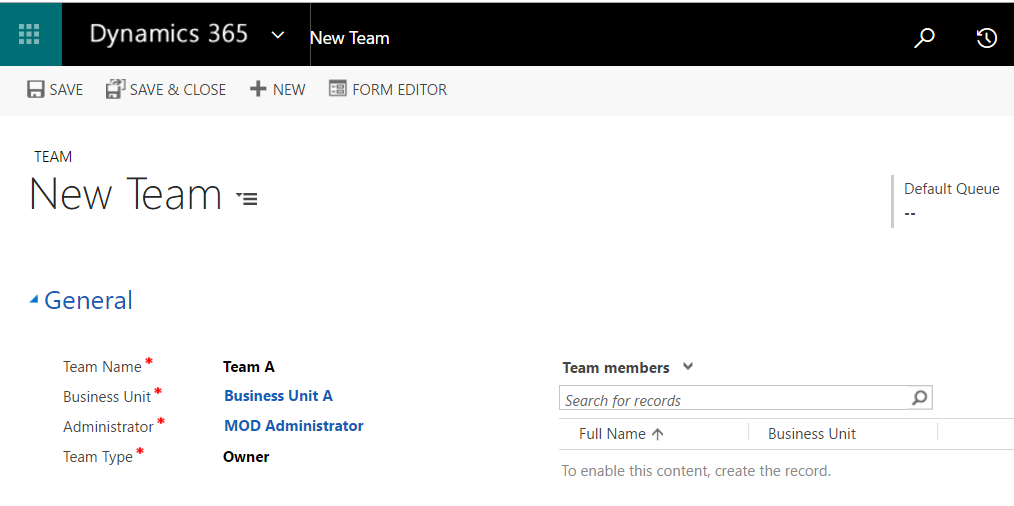
Note a default team based on the business unit name is automatically created:
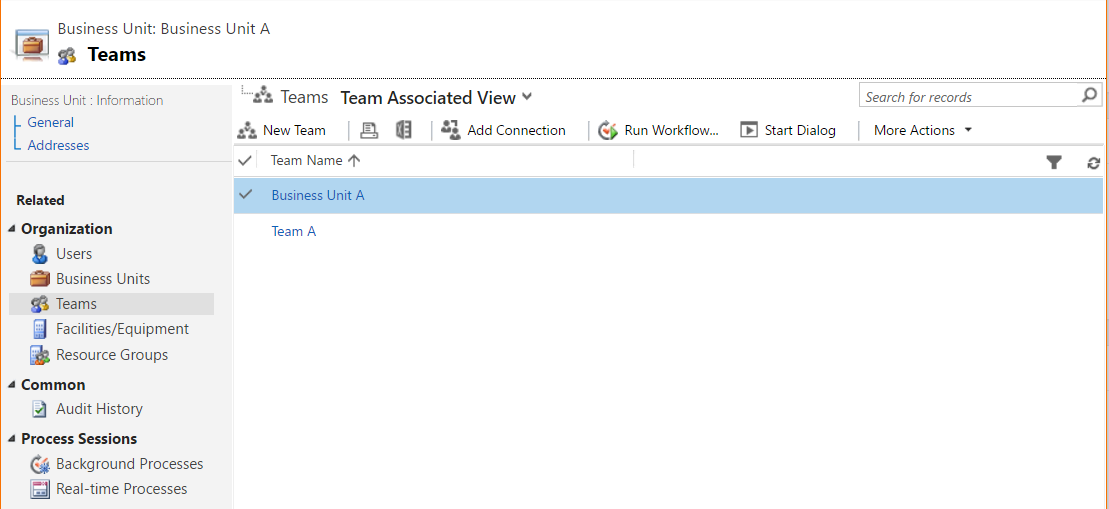
You can then go to the user record and change the business unit. This will automatically change the teams:
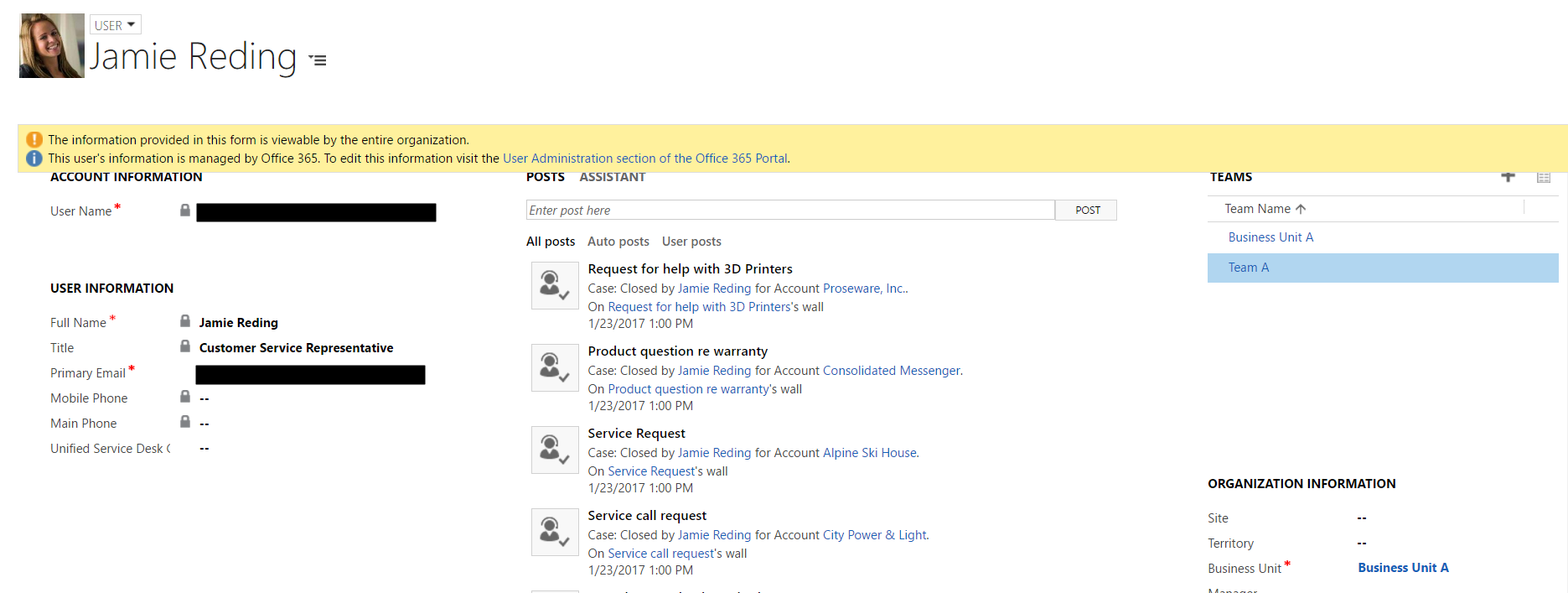
You can then remove teams that are not applicable, except the default membership team.
Now, in security, you can create security roles for the new Business Unit:

The business unit will be created with all the default security roles, but these new specific roles will be created only in the business unit.
If we create a new Business Unit called Business Unit B, and create a new security role in this business unit, only Business Unit B will be able to see this security role. Business Unit A or the root business unit will not be able to see it.
If we create a new security role in the root business unit, it will also get created in the child business units, i.e. Business Unit A and Business Unit B. To make changes to this role, you would make changes to the role in the root business unit:
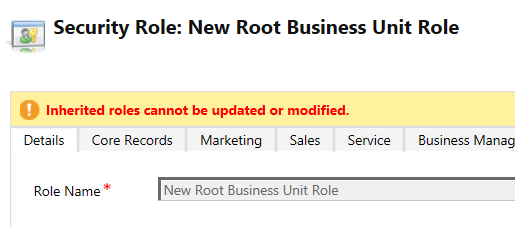
When it comes to users and permissions in business units, there are a few things to consider. Let’s say you have a scenario where you have a Main Business Unit and two child business units, Business Unit East and Business Unit West:

We have a user, Chista Geller, who works for Business Unit East. Christy creates a new opportunity in the system and saves it – she is the owner:

Now, the organization decides to move Christa to a different business unit, Business Unit West. To do this, the administrator goes to Christa’s user record and selects Change Business Unit:

The West business unit is selected:
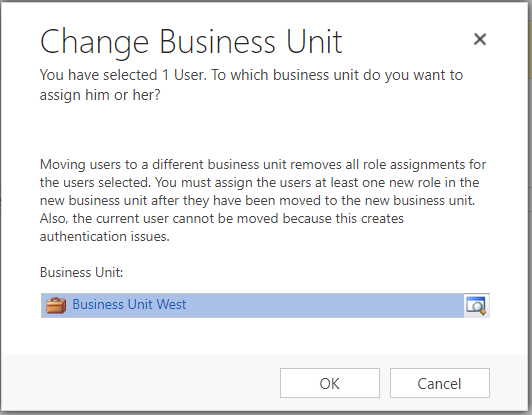
Now when Christa tries to access Dynamics 365, she will get this message below:

In changing business units, her previous security roles have been wiped out. She has no roles assigned to her.
The admin now goes into her record and assigns the appropriate role:

She will be able to go back to the opportunity she created, with her still as the owner:

Also note with security roles, if you create a role in the main business unit, the child business units will inherit the role, but you cannot change the role at the child level. If you open the child role, you will see the message “Inherited roles cannot be updated or modified”.

To delete a business unit, first disable it, then you can delete it:

I AM SPENDING MORE TIME THESE DAYS CREATING YOUTUBE VIDEOS TO HELP PEOPLE LEARN THE MICROSOFT POWER PLATFORM.
IF YOU WOULD LIKE TO SEE HOW I BUILD APPS, OR FIND SOMETHING USEFUL READING MY BLOG, I WOULD REALLY APPRECIATE YOU SUBSCRIBING TO MY YOUTUBE CHANNEL.
THANK YOU, AND LET'S KEEP LEARNING TOGETHER.
CARL



